Taking photos of any public place has become a risky activity for American photographers since the ill-conceived Homeland Security Act was put into effect. When the subject is a sensitive site like a power plant, the danger is greater still. While no laws were broken taking these photos of the Tucson Electric Power facility, the risk of harassment and interrogation was real. The photos are what they are. It is left up to the Department of Homeland security to determine if they are an act of art or an act of terrorism.
The massive TEP power plant is located just off of the I-10 freeway, outside of Tucson Arizona. One exit west of it is an In-N-Out Burger where you can find a spectacular cross-cultural slice of off-ramp Americana. People here blithely eat their burgers and fries and wash them down with diet sodas while changes taking place across this country are stripping them of basic rights and freedoms that they once had.
I’ve wanted to photograph this impressive structure ever since I moved to Tucson ten years ago. Finally, on a rainy Saturday morning in December, I got my chance. I found a place to park on a patch of loose gravel near the freeway exit. Train tracks swing around the outside of the facility. They cut through a no-man’s land between the power plant’s chain link fence and the I-10 freeway that connects Arizona to Texas and California.
After taking my first photo, I noticed the security warning signs posted all along the fence that proclaim that photography and video is not allowed. An image of a camera with the universal no symbol across is provided for the illiterate and non-English speakers. I wondered why photography was forbidden for something that is in plain view of the public. If the authorities were so worried about security, the whole facility shouldn’t have been built in a place where it is completely visible to anyone passing by.
There was no civil code cited on the signs, and I knew there was no law against taking photographs of this site, no matter how intimidating the signs looked. The warning signs seemed more like a setup to justify harassing innocent artists, such as myself, than anything else. They did make me nervous though. I had images of blacked-out SUVs filled with federal agents driving across the desert armed with automatic weapons, ready to jump out of their vehicles and shoot or at least take me into custody for questioning. I thought about the risk and then remembered that I was in Arizona, the “shoot first and ask questions later” state, so I shot away with my camera.
There are countless stories of photographers and hobbyists being harassed and arrested for photographing “sensitive” areas: train stations, refineries, airports, military bases, and even some public streets. In the wake of the National Defense Authorization Act recently being signed into law, Americans have given up more freedoms than they seem to realize. This act declares the entire United States to be a “battleground” within which the nation’s armed forces can operate with impunity. The military has authority to treat anyone they want as “an enemy combatant,” whenever it serves the State’s interests. The act allows for suspected terrorists to be held indefinitely without any legal rights. Military detention is mandatory for foreign nationals and “optiona”l for US citizens. This is a truly terrifying development in a land famous for the freedoms it supposedly protects.
Shortly before the Soviet Union fell, I traveled through it and the Eastern Bloc countries. It was illegal to shoot photos of any infrastructure because of Cold War security fears. This included train tracks and power stations. Out in the middle of Serbia – on a dismal road that probably hadn’t seen a Western tourist for years – I was struck by the bleakness of the snow-covered scene in front of me. It seemed to only require the addition of a few instruments of torture, some rotting dead and hungry ravens to become a classically inspired Brueghel landscape.
I pulled out my camera and snapped a photo. Within seconds, two young soldiers appeared out of nowhere and started shouting at me in Serbian. I felt the barrel of an AK-47 jammed under my chin. I froze and realized that I was suddenly in very deep shit. I wondered what it would feel like to have my head blown off. I didn’t move or say a word for a long time. Thankfully, I didn’t piss myself.
The soldiers were sadistic kids really. They enjoyed wielding fear. After some time passed, I tried calling out that I was an American – as if that would save me here. I was miles away from anything and trapped alone inside a cold harsh Communist country. Then I heard banging on walls behind me and men laughing and jeering. Unbeknownst to me, the shabby gray building behind me was a small army barracks. The men inside were hanging out of their windows to loudly cheer on the two young soldiers holding me at gunpoint. I felt like I was trapped in a bad political horror movie. Literally, my life was held in the balance by the sadistic young minds of these soldiers.
In the end, my American passport got me off the hook. One soldier who spoke some English explained that there were railroad tracks that couldn’t be seen off in the distance and that it was illegal to photograph them. In decade since 9-11, with all the new security rulings and legal abuses that have followed, I keep remembering my time in the Communist countries and how each day the USA seems to inch closer and closer to the paranoid environment where individual freedoms are forfeited for the purpose of “protecting” ourselves from manufactured fear.
While walking along the fence of the TEP powerplant, I shot a photo of a die thrown into the desert wasteland. It had landed near the railroad tracks, with the number six on top. Could this be meaningful? Like most things of importance, most really monumental events in our lives rely on luck. The Bolsheviks were able to storm the Winter Palace during the Russian Revolution not because of bravery or superior strategies, but because there was simply no one there to protect it when they arrived.
Shifts in power mostly occur behind the scenes when no one is paying attention. When our minds are occupied with other concerns, small changes eventually add up to something bigger. Then, when we open our eyes, suddenly everything is different, and it is too late. The erosion of freedom and legal protections in the United States is occurring over time, we are all busy getting on with our lives. We all have bills to pay and personal lives to live. Until we are directly affected, we don’t really perceive the significance of actions taken in the name of security.
During the time when I was taking these photographs, long trains loaded with containerized commodities rolled past. As long as the aisles of Wal-Mart remain stocked with cheap foreign products, the American dream of freedom remains intact. For most Americans, one of the most frightening aspects of former Soviet Communism was that all the best commercial goods were only sold to party members in special stores. As long as Americans can shop where they choose, they still feel free.
The economy has a long way to fall before we see the emergence of neo-Hoovervilles (and no, the Occupy camps don’t count!). As long as large numbers of Americans feel they have the ability to actively participate in American consumer culture, our government is secure, no matter what they do to us or what rights they take away. We generally look the other way when authorities are prosecuting strangers under corrupt or misguided laws, and we tend to assume that they somehow deserve it.
Misguided cops and rogue security guards often abuse photographers, citing the Homeland Security Act or the Patriot Act, but they are doing so without legal justification. Under current U.S. laws, you can legally photograph anything that you can see (aside from certain military installations and nuclear facilities). Lawyers working with the ACLU have published guidelines that list our legal rights as Americans and artists. It is good to know what they actually are.
The real problem for photographers is the erratic attempts to enforce the ambiguity written into the Homeland Security Act. Once you are suspected of possible terrorist activity, the Department of Homeland Security must do a full investigation to determine whether or not it is credible — are you a “terrorist threat?” Many security officers are being trained to consider photography a “suspicious activity” in and of itself.
While it is true that terrorist attacks can be carried out anywhere in the country and that a potential terrorist might use photography as part of his planning activities, it hardly means that anyone shooting a photo is doing so with terrorist intent or that anyone with a camera should be detained, interrogated and harassed as if he were a potential terrorist. Unfortunately, as all the firsthand accounts available on the internet demonstrate, no one would want to be the person accused of terrorist activity no matter what the final legal outcome is going to be.
So back to the power plant. I shot these photos and am publishing them here as art photography. Hopefully, my intent is clear enough to anyone reading this article and viewing the photos. Being woken up by a Stalin-era-esque “knock on the door” in the middle of the night by the Department of Homeland Security wouldn’t be as bad as having an AK-47 shoved under my chin, but it could easily make for an uncomfortable 48 hours while being held in custody and interrogated – certainly something I’d like to avoid if at all possible.
The big question seems to be whether we want to live as potential victims or as free citizens. Whenever you step outside your door you become the possible victim of a violent crime. That is a fact of life, but I do not want to live my life locked indoors with nothing to look at but my own four walls just so I can feel safe. I’m going to continue going out and experiencing the potentially dangerous and wonderful world around me, and I am going to continue to photograph everything that I damned well want to, no matter what some security guard wants to tell me. (Ironically, Timothy McVeigh, the American “terrorist” responsible for the Oklahoma City bombings, worked as a security guard.) Like most people in this country, I don’t want another Twin Tower attack or Oklahoma City Bombing, but I am unwilling to live under a totalitarian regime to feel that I will be protected against it.
All photographs courtesy of the author
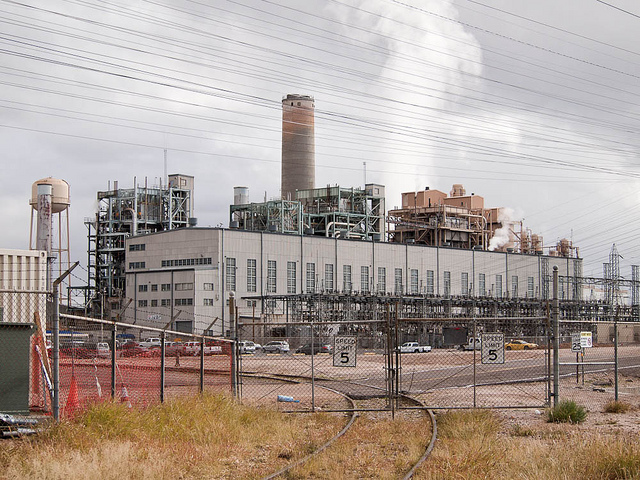










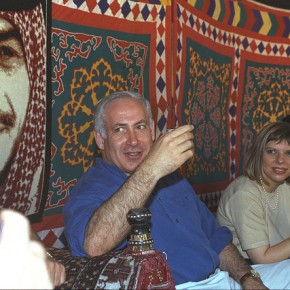
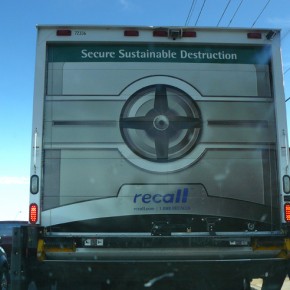
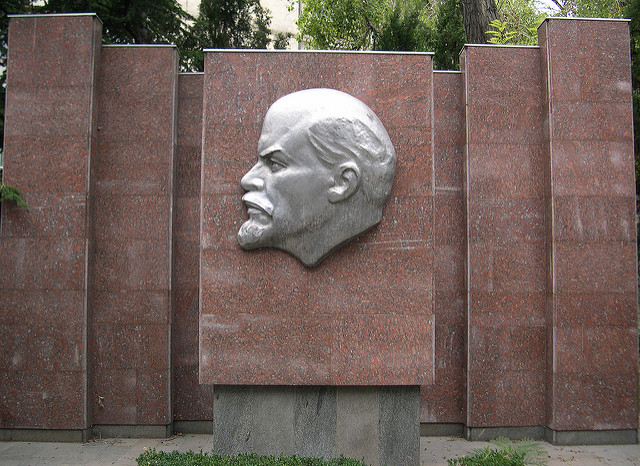
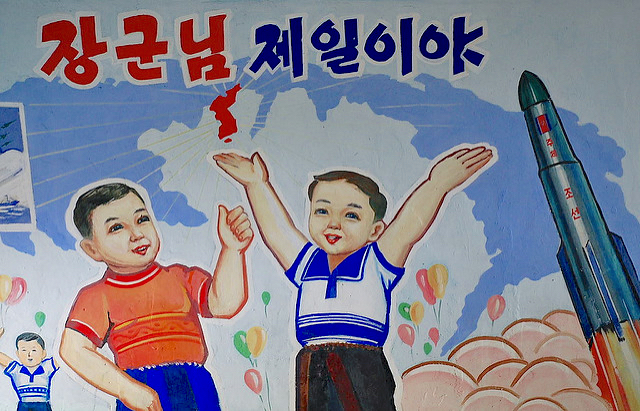
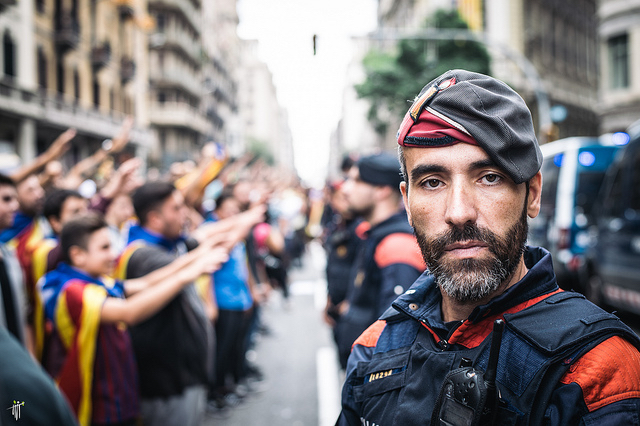
I think people often dont get what they want but what they deserve. While many quote 1984, Animal Farm describes a similar run of events, one free of the Tyranny of the Farmer the absolute power wielded by the pigs leads to their corruption.
As the Donkey shows, it is only through knowledge and a willingness to act that the real harms done to society ore prevented. His lack of interest and skepticism are todays biggest problems, except today we have the flickering box, the internet and the cheap toys to keep us distracted for longer.
Great post. For Americans old enough to remember travel behind the Iron Curtain, it was always a relief to make it back to the West and reflect on how we weren’t likely to be held at a checkpoint and questioned for hours in the Western world as had happened to me in East Germany.
Things have changed. I live in the SF Bay area, and I heard of an Iranian tourist who was traveling here and lost his passport. He was immediately taken into detention when he reported it, and I don’t know what followed.
As it happens, I lead a group of 22 people to Iran on a tour, and lost my passport at a teahouse in Shiraz when it slipped out of my bag. The police said I had to see the Mullah who was head of security for the area. Although angry at first, he finally told me that they would contact the Swiss Embassy on my behalf. They could write a letter that would allow me to leave the country with my group if my passport didn’t turn up. In the meantime, he said, go back to your tour and enjoy our country.
By the way, when I developed the film in a film camera I had to leave with security when I visited the Mullah, I found a picture of one of the guards, making a face at me.
It is really embarrassing to contrast the two approaches. We need to get back to being who we should be as a nation.
Thanks for reminding us what that world turned into. That the USA now do what they were criticizing the communist block of doing is just mind blowing.
Nice pictures too.
Great post! An Aussie friend told me about it, so clearly people are reading you. Laws like NDAA, which the president had promised to veto only a few weeks before he signed it into law curing a Hawaii vacation over a major holiday, would have been unthinkable a few years ago. No president would have signed it, no politically subverted Supreme Court would have let it sit. Amazing the destruction of basic principles that a few years of powerful politicians promoting fear and division can accomplish (if “assomplish” is the right word for it). Too bad people are unable to think past the propaganda and see what it has done to them.
Thank you for all the positive replies!
Hey Mark,
Had a similar experience this evening, shooting some black and white long exposures on my Pentax 6X7. I was certainly not being discreet, standing on the roof my car to shoot over the fence, and was hassled by a security guard.
I’d left one lonely frame after having bracketed my other shots. This turned out to be just my luck, as the security guard asked that I void my photos. I obliged and opened the camera back, knowing that the other 10 frames were tightly wound onto the spool already.
I wasn’t looking to spend time talking to the police and the guard seemed satisfied that he’d fulfilled his duty to the homeland security act. Didn’t bother asking my name or asking for my ID. I’m not even sure he took down my license plate number.
I’ll post a link to the photos once I scan them.
Keep shooting.
Danny
When I first met you at Loop Jr. College in Chicago in 1984 or so, we had a print making class, I had the feeling that you were going to be famous! I don’t know how famous you are right now, but I’m a very strong judge of character and I almost never get it wrong. I was the only one in the class that you ever shared any of your prints with. I still have both of them, and I love them so much that they’ve been hanging in my house all of these years. I KNOW THAT YOU WILL MAKE AS HUGE OF AN IMPACT AS YOU MADE IN 1984. R’Mel Cornelious (Montgomery)